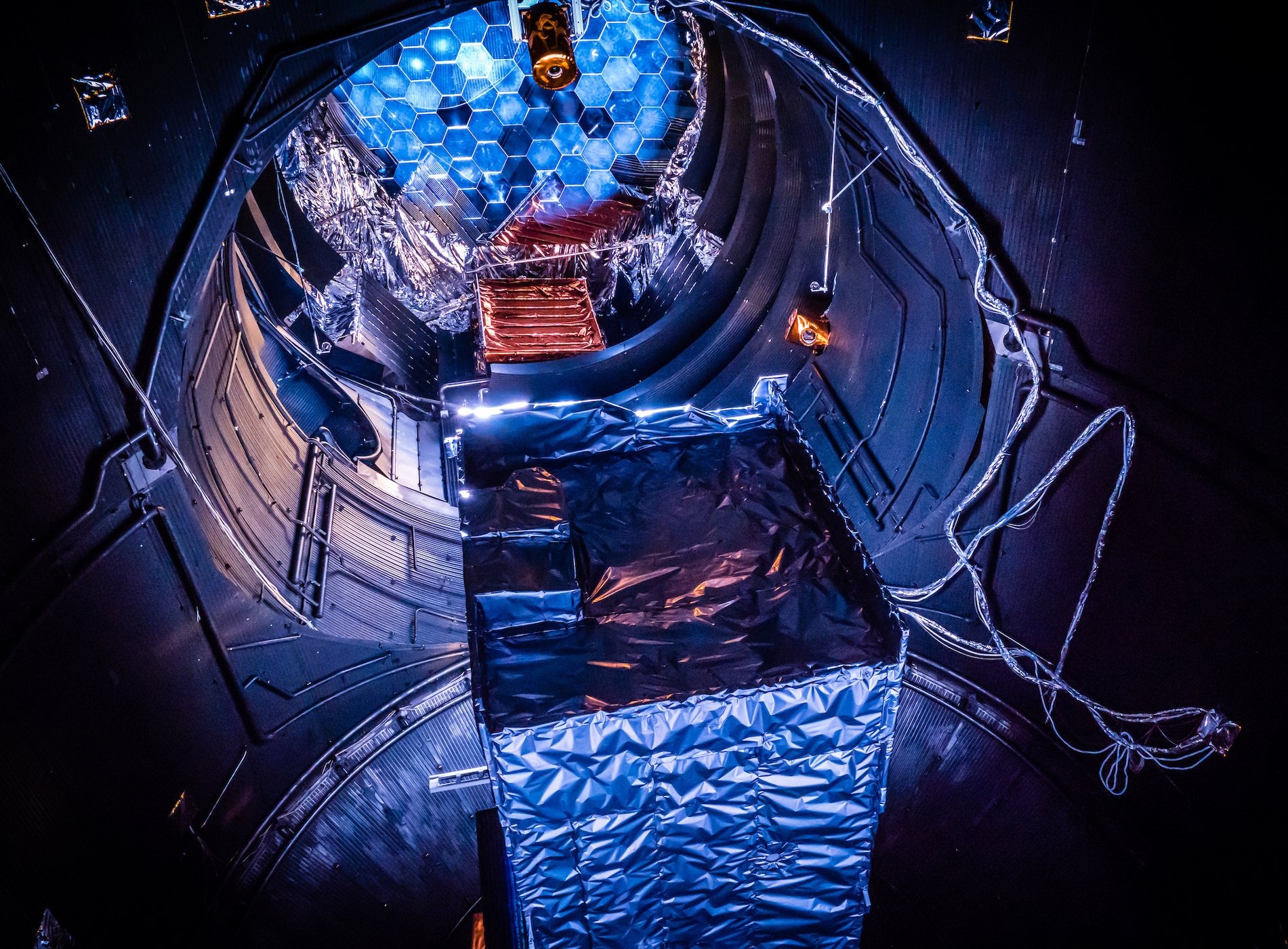The European Space Agency (ESA) is currently preparing a JUICE mission to Jupiter, which will launch in 2023. Now the JUICE mission has entered the active development phase and will soon be put to the test. At this stage, ESA shared impressive images of the spacecraft equipped with massive solar panels that will power the probe during its journey at a great distance from the Sun.

Grueling testing
The agency said on Twitter that the panels were attached to the spacecraft. The next step is thorough testing, which will begin soon. The tests will include exposing the spacecraft to intense vibrations and acoustic waves to prepare it for conditions in the orbit of Jupiter. JUICE testing will help to identify the shortcomings of the probe during the launch of the rocket, the phase that causes severe shaking. For this, it will be tested at the ESA Large European Acoustic Center, which simulates loud launch sounds and strong vibrations.
Some spectacular impressions of the integration and deployment of the #JUICE solar panels, ahead of the mechanical test, where the spacecraft will be vibrated & submitted to acoustic waves, simulating the stressful launch environment ???? https://t.co/eXOL1mKSz4 pic.twitter.com/TTg1BKUbdD
— ESA’s JUICE mission (@ESA_JUICE) June 7, 2022
Temperature fluctuations are another serious problem that can affect the spacecraft and put the mission at risk. To test such conditions, the probe will be placed inside a thermal vacuum chamber that simulates the vacuum of space and extreme temperature changes.
Secrets of Jupiter’s Moons
Abbreviated from Jupiter Icy Moons Explorer, the mission is dedicated to the exploration of the gas giant’s moons, namely Europa, Ganymede and Callisto. These moons, together with Io — the most volcanically active place in the Solar System — are called Galilean moons, since they were first observed by the Italian astronomer Galileo at the beginning of the XVII century. Jupiter’s natural moons remain an exciting topic for astronomers, as little is known about what happens beneath their surface until now.
First of all, scientists are intrigued by Europe. It is believed that an ocean of liquid water is hiding under its surface. Many even believe that the oceans may be similar to Earth’s, which makes them an excellent start for the search for life in the Solar System.
It is noteworthy that the JUICE spacecraft will make the largest number of flights (12) near Callisto. Callisto is the most distant of the four Galilean moons, which makes it the least affected by Jupiter’s gravity and radiation. Moreover, scientists suspect that there may also be an ocean at a depth of 200 km under the surface of Callisto.
Recall that earlier ESA completed the assembly of the JUICE device.
Follow us on Twitter to get the most interesting space news in time
https://twitter.com/ust_magazine

